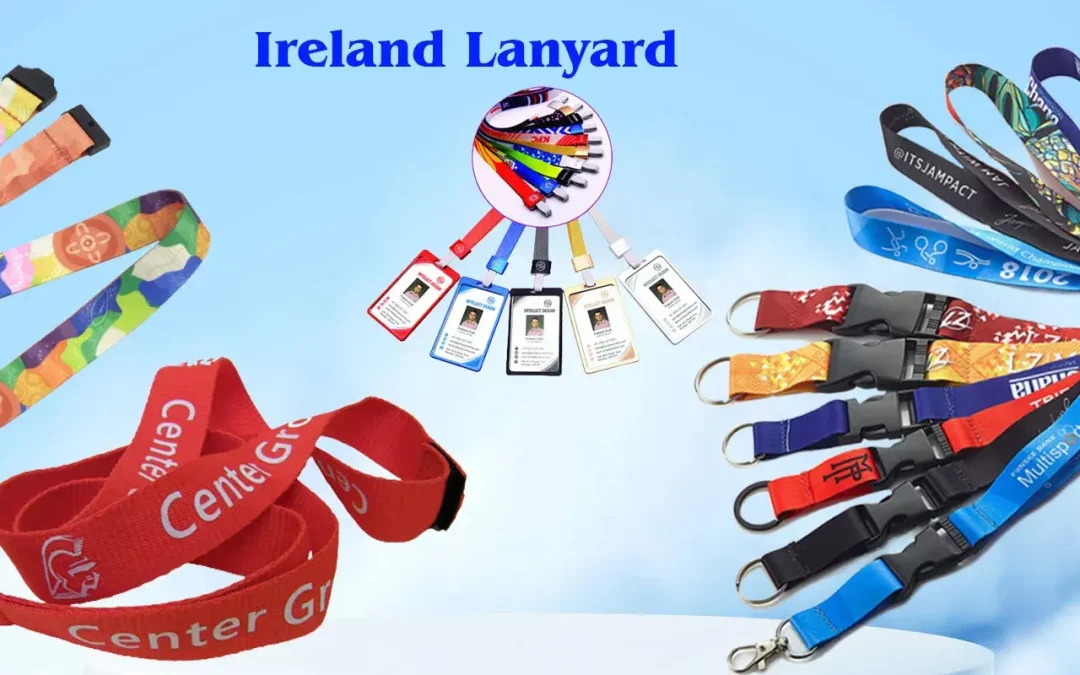If you are an employee at a company with a high level of responsibility or maybe a student who has to carry around their possessions you will know how critical it is to keep those things on you at all times. This is especially true when they are busy with their daily duties and work. Some people use their pockets, or perhaps a bag or suitcase to carry these things. But how could you carry the things that always need to be with you? What if they were attached?
Let’s learn about the history of lanyards, a handy tool, and explore some of our favorite styles.
The history of lanyards
Lanyards are thought to date back as early as 11th-century Japan, when Samurai warriors used thin strips of leather that would loop over a sword belt and then fasten around the scabbard. In the following centuries, lanyards became more practical and useful in everyday life not just by warriors. It is believed that they were used by sailors to keep a handle attached to their knives (in case the handle fell off, the knife could be retrieved) and by children in Europe to carry dolls and other playthings.
In the 19th century, lanyards became more popular in America as a way for people to keep pocket watches safe from damage or loss. Their use expanded from there; some schools used them as class markers or symbols of achievement, while others simply used them for decoration. However, lanyards remained best known for their use as a way of attaching a person’s keys to their belt. This was sometimes done out of necessity – such as when working near moving machinery. Today, lanyards are still used to attach keys and other small objects to an owner’s body.
Today, they’re most commonly seen on school campuses in the form of ID lanyards. These are worn around students’ necks so that teachers and school staff can easily see who is participating in the activity. They’ve also become popular among sporting enthusiasts. These enthusiasts use them to carry their membership cards and identification documents close at hand when playing sports or attending events with their team.
Using a lanyard
Lanyards are made out of a material that can easily be adjusted in length, through the use of clasps or slide adjusters. They are fastened around the neck using a metal buckle, which adds an extra layer of security. As you put on the lanyard, it should sit close to the body, with the buckle resting at chest level or just above it. The material should be slightly loose around your neck and not too tight so that you feel any discomfort wearing it. The standard lanyard size for adults is normally 900mm in total length – which is 450mm from the neck down on both sides.
Most lanyards are worn over the shoulder, with the ends hanging on either side of the body. However, there are some people who prefer to wear it under their chin or around their head. This is not recommended for jobs such as construction work, where you’re in danger of getting hit in the face by debris. The safety break at the back of the neck ensures that if the lanyard gets caught in any lift, escalator or automatic door it will break off and not cause injury.
Using a lanyard can be a great way of keeping your things close at hand. However, you need to be careful not to be distracted by the objects attached to it. You should always keep your eyes on your surroundings and stay aware of everything taking place around you – especially if you’re working in a hazardous environment. Lanyards can easily be taken off and put into a safe place like a locker or drawer – and then worn again after the days tasks have been completed.
There are various different types of accessories and clips that can be attached to the end of the lanyard. Depending on how the item will be used we recommend a metal claw or swivel lock which can be used with keys and fobs. Other buckles and strings are also possible to be added to the lanyard too. And if you’re not sure how to attach your key to your lanyard, you should always make sure that there is a separate place for it to attach. You may think it’s a good idea to keep your keys in your work bag. However, it’s important that they are on the lanyard so that you don’t have the temptation of taking them off when you go home. Click here to order customised lanyards with fast delivery.


Recent Comments